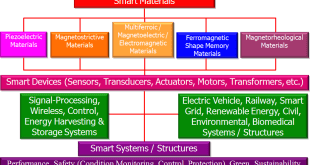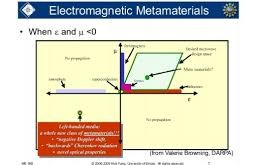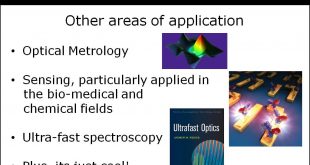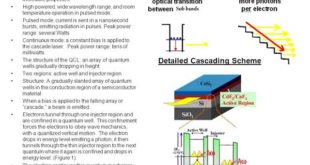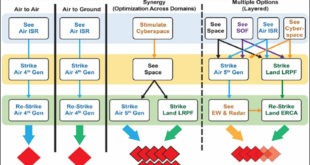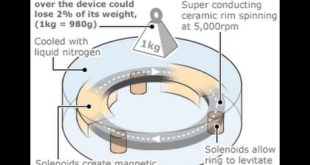Military operations are becoming increasingly diverse in their nature. To cope with new and more demanding tasks, the military has researched new tools for use during operations and during training for these operations. There have been numerous goals driving this research over the past several decades. Many of the military …
Read More »Blog Layout
New Smart and multifunctional materials and technologies for Intelligent future, Automotive, Robotics, Aerospace and Defence Industry
Smart materials or Active materials or Functional materials are designed materials that have diverse, dynamic features that enable them to adapt to the environment. They have one or more properties that can be significantly changed in a controlled fashion by external stimuli, the stimulus and response may be mechanical, electrical, …
Read More »Quantum Hyper Entanglement is a key enabler for high-capacity quantum communications, teleportation, processing and imaging
The extraordinary promise of quantum technology—depend on quantum “entanglement,” in which the physical states of two or more objects such as atoms, photons or ions become so inextricably connected that the state of one particle can instantly influence the state of the other—no matter how far apart they are. Today, …
Read More »Indian offset policy overcoming challenges to achieve target worth USD15 billion in defence offset work over next decade.
The defence equipment held by Indian defence forces is 50% obsolete, the proportion of state-of-the-art equipment also needs to double from current 15% to 30%. This justifies the huge requirement of new systems. Ongoing projects include submarine building, advance early warning aircraft, Rafale fighters, missiles, missile shields, aerostat radars, all of …
Read More »DARPA’s NLM developing systematic approaches of designing metamaterials for imaging, AR Glasses and EMDrive.
The ability to design and fabricate materials with new functionalities opens the door to a new world of possibilities. They can be tailored to either augment the functionality of existing devices or create new devices with superior performances. EnMats are broadly defined to include, but are not limited to, metamaterials (both …
Read More »Nanolasers emerging technology for optical interconnects, near-field spectroscopy and sensing, optical probing for biological systems, microprocessors and quantum circuits
Lasers are widely used in household appliances, medicine, industry, telecommunications and more. A nanolaser is a laser that has nanoscale dimensions. These tiny lasers can be modulated quickly and, combined with their small footprint, this makes them ideal candidates for on-chip optical computing. Several years ago, scientists introduced nanolasers …
Read More »New efficient, high brightness, and tunable Quantum cascade laser (QCL)s technologes from mid-wave infrared (MWIR) to Terahertz region promise chemical warfare agents & hidden explosives detectors, to infrared countermeasure (IRCM) systems
Compact, chip-based lasers have conquered much of the electromagnetic spectrum, from ultraviolet to infrared, enabling technologies from digital communications and barcode readers to laser pointers and printers. Diode lasers depend on the process of electron-hole recombination: an electron from the conduction band recombines with a hole in the valence band, …
Read More »Indian Threat Scenario, National security threats and future military capability requirements
There are two approaches to connect Warfighting and emerging technologies. One is to consider the present and future threat environment and then through system analysis we can identify technologies required to mitigate those threats. Secondly, we can identify the emerging technologies that can offer new military capability. Coming to …
Read More »Efficient Piezoelectric technologies for aerospace and defense smart sensors, smart skin, smart combat suits, and energy harvesting
Advanced sensors and actuators, together with exponential improvements in computer technology, are causing a surge of interest in the development of “intelligent” structures and equipment. A smart structure consists of four key elements: actuators, sensors, control strategies, and power conditioning electronics. Numerous applications include automotive springs, smart skins on aircraft, smart …
Read More »Antigravity Technology and Military’s anti-gravity research programmes including Disclosure Project
In Newton’s law of universal gravitation, gravity was an external force transmitted by unknown means. In the 20th century, Newton’s model was replaced by general relativity where gravity is not a force but the result of the geometry of spacetime. Under general relativity, gravity is the result of following spatial geometry …
Read More » International Defense Security & Technology Your trusted Source for News, Research and Analysis
International Defense Security & Technology Your trusted Source for News, Research and Analysis

